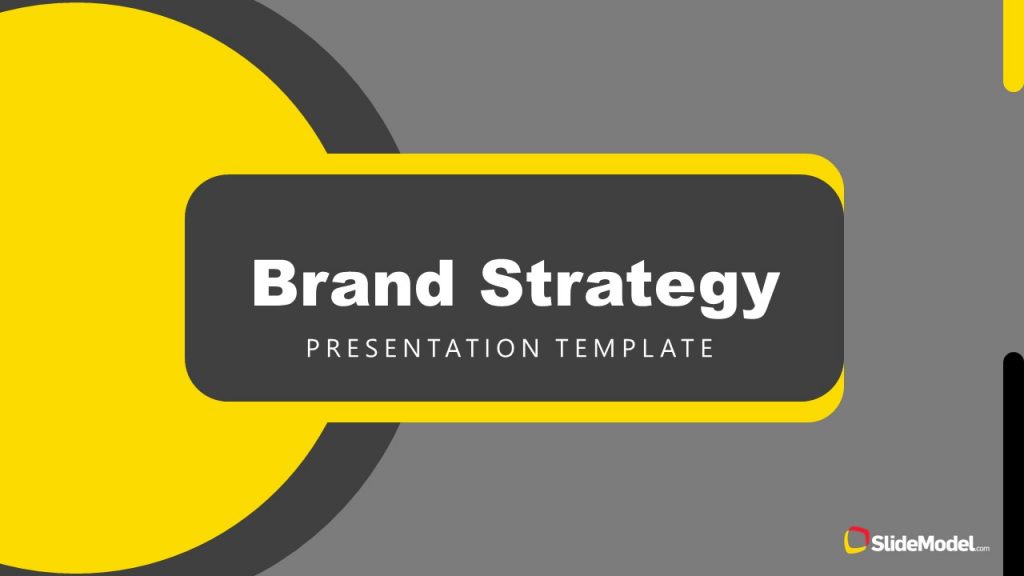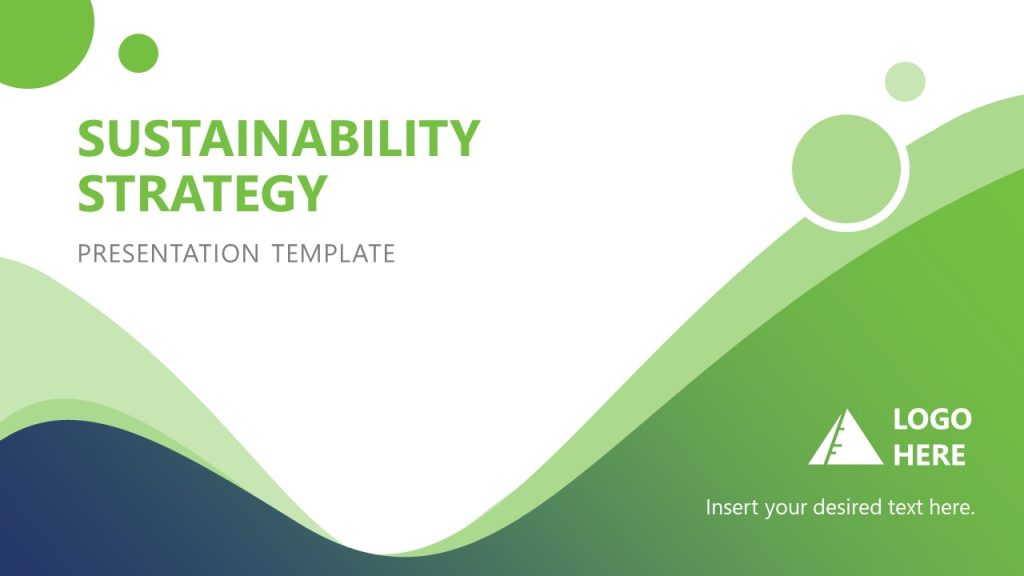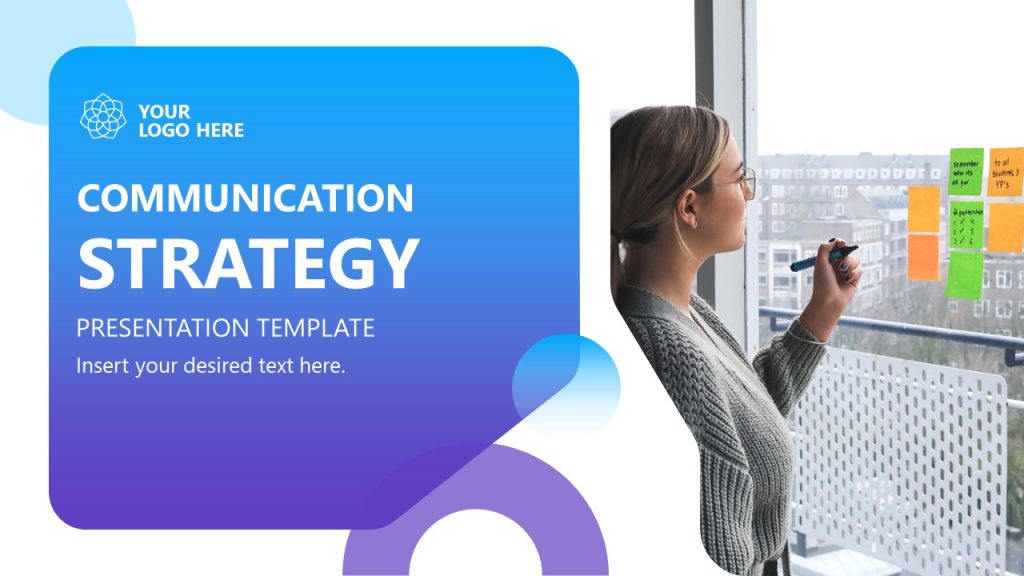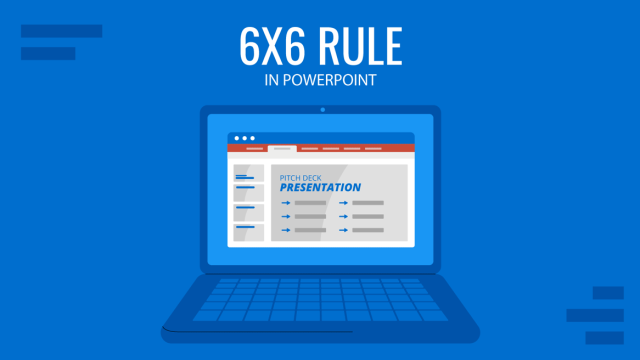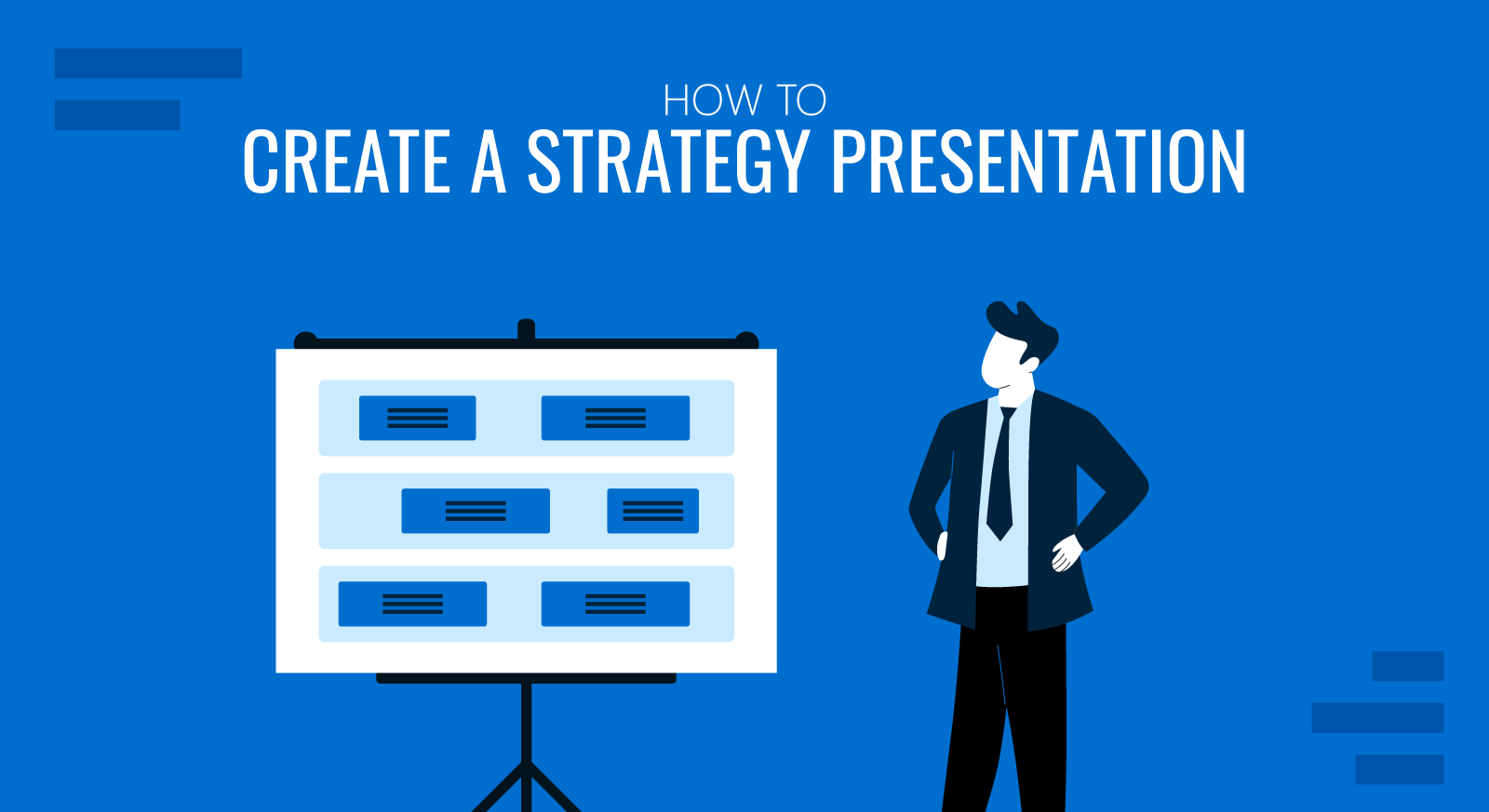
Presenting and communicating your strategies to align a team’s effort remains one of management’s priority tasks. Regardless of the company’s scale, strategic presentations help convey complex strategic plans into clear and actionable tasks to follow in accordance with the business goals.
In this guide, we will show you how to effectively create a strategic presentation, the elements it should list, and some recommendations for PowerPoint templates to speed up this process.
Table of Contents
- What is a Strategy Presentation?
- Types of Strategy Presentations
- How to Structure a Strategy Presentation
- Do and Don’ts of Strategy Presentations
- Recommended PowerPoint Templates for Strategy Presentations
- FAQs
- Key Takeaways
What is a Strategy Presentation
A strategy presentation is a communication tool designed to communicate goals, strategic plans or pre-formulated strategies, and initiatives to stakeholders. The strategy presentation slide deck aims to outline the company’s vision, strategic goals, and the specific actions needed to achieve them. To accomplish that, strategy presentation slides typically introduce a mixture of visual aids with relevant data to maximize the retention rate across the audience.
If you need a quick method to create a strategy presentation, check out our AI presentation maker. A tool in which you add the topic, curate the outline, select a design, and let AI do the work for you.
Types of Strategy Presentations
We can define the following categories for strategy presentations.
Strategic Plan Presentations
Strategic plan presentations are intended to communicate the organization’s long-term goals and the strategies to achieve them to stakeholders. This kind of presentation may cover topics such as market analysis, strategic objectives, and detailed action plans.
The primary purpose is to align the team and stakeholders around a shared vision and ensure everyone understands the steps necessary to drive the organization toward its strategic goals.
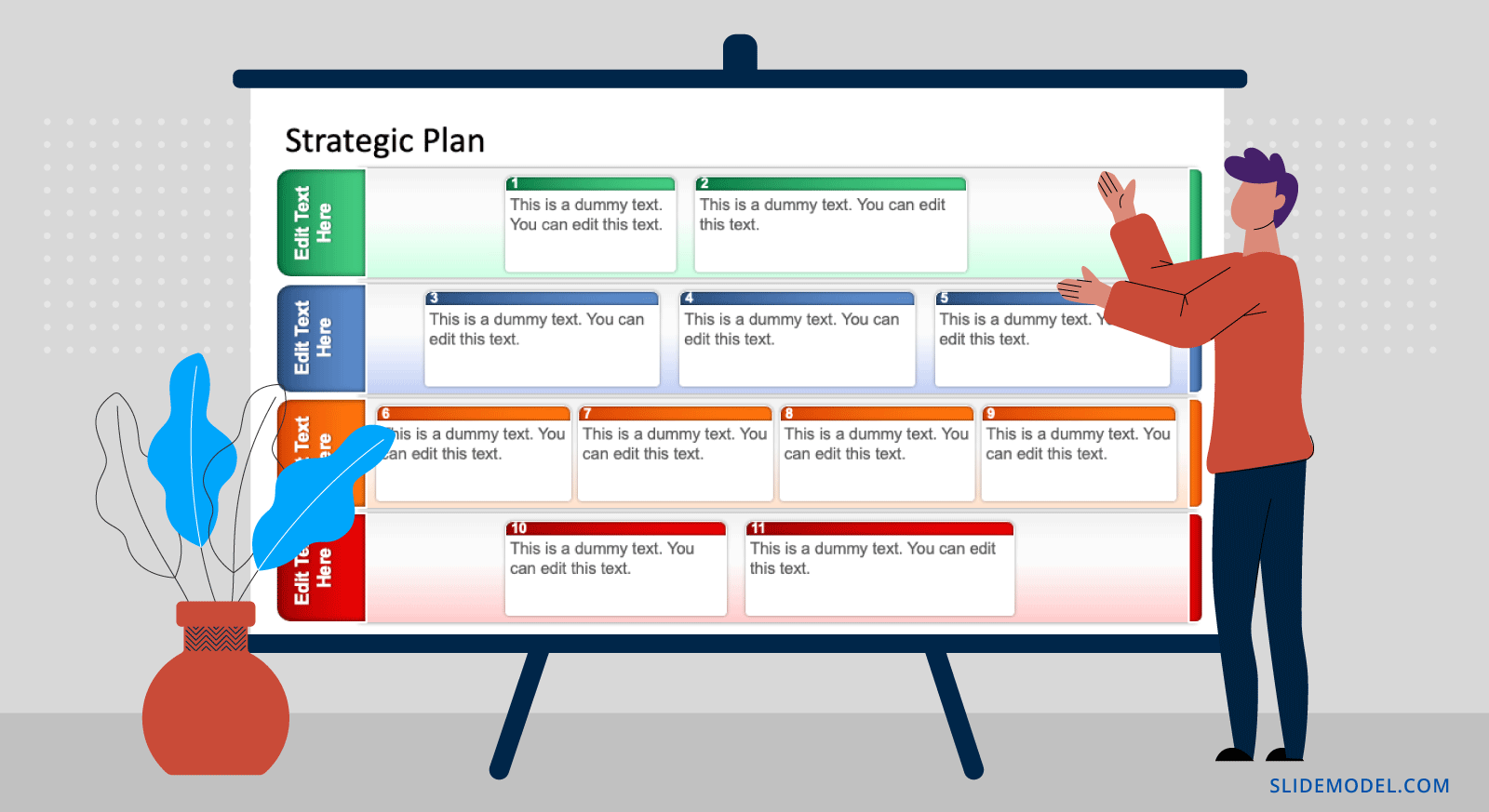
Sales Strategy Presentations
Sales strategy presentations are targeted toward increasing the sales revenue inside an organization within a specific time frame. These presentations detail the tactics, target markets, and objectives involved in boosting sales performance. They typically include an analysis of market trends, competitive positioning, and specific sales goals – elements we can find in a sales plan presentation.
The core objective in sales strategy presentations is for team members to understand their role in executing the sales strategy and how to measure the impact of their actions.

Marketing Strategy Presentations
Marketing strategy presentations are instances in which the marketing plan presentation is communicated to the team and stakeholders. These presentations outline the methods and channels the company will use to reach its target audience and achieve marketing objectives. We can find details on market research, customer segmentation, positioning strategies, and planned marketing campaigns.
Think of a marketing strategy presentation as a roadmap for how marketing efforts can contribute to the overall business goals. It ensures clarity on task execution, expected outcomes, and resource allocation.
Business Model Strategy Presentations
Business model strategy presentations outline the fundamental structures and mechanisms through which a company creates, delivers and captures value. These presentations explain the business model components, such as revenue streams, cost structures, customer segments, value propositions, and key partnerships.
The objective is to articulate how the company operates within its market and competitive environment, detailing strategies for sustainability and growth.
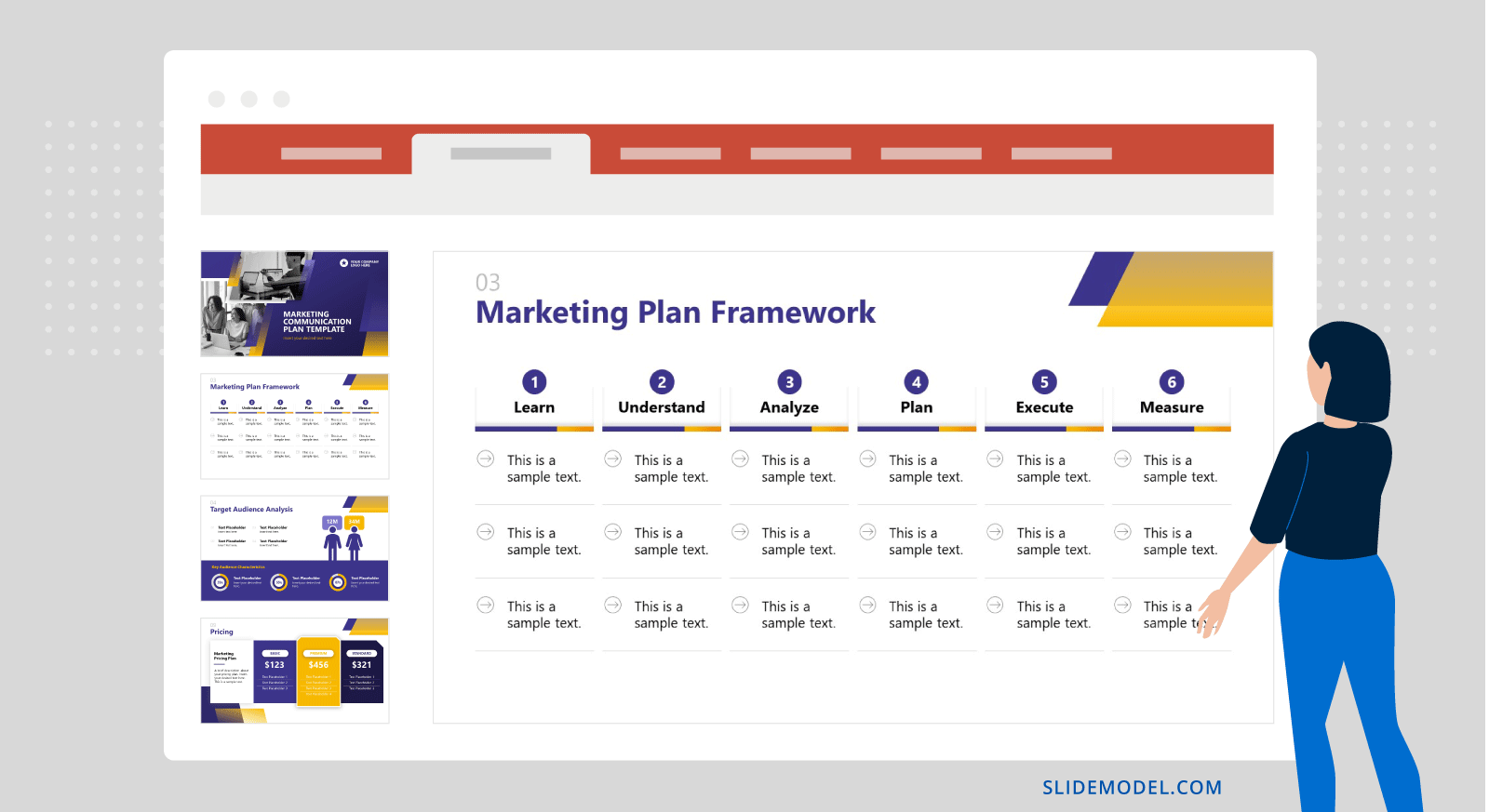
Product Development Strategy Presentations
Product development strategy presentations focus on the stages and processes required to design, create, and launch a new product. These presentations typically cover the product concept, design iterations, market research, target customer analysis, production processes, and marketing strategies. They aim to align cross-functional teams—such as R&D, marketing, and production—on the product’s vision, features, and roadmap.
IT Strategy Presentations
IT strategy presentations communicate an organization’s technology-related plans and objectives. They outline how IT resources, infrastructure, and initiatives align with the broader business strategy to enhance operational efficiency, support growth, and mitigate risks. Key topics typically include adopting new technologies, cybersecurity measures, data management strategies, and IT governance.
Change Management Strategy Presentations
Change management strategy presentations are typically used in organization restructuring scenarios – after mergers, acquisitions, or significant internal restructuring – outlining the approach and plans for managing organizational changes. Change Management Strategy presentations detail the reasons for change, the specific changes to be implemented, the strategies for managing the transition, and the impact on stakeholders. Key elements often include stakeholder analysis, communication plans, training programs, and mechanisms for feedback.
The primary goal of Change Management Strategy slide decks is to facilitate a smooth transition by preparing the organization and its members for change, minimizing resistance, and ensuring that changes are effectively integrated into the organization to achieve desired outcomes and improve overall performance.
How to Structure an Effective Strategy Presentation
In our experience, here’s a suggested presentation structure format for a strategic presentation.
The Introduction
Begin your presentation with a relevant hook for the topic you are approaching (see our guide on How to Start a Presentation for tips). Use an agenda slide to introduce the key themes and strategic objectives to discuss. Additionally, consider incorporating an executive summary to provide a concise overview of the strategy, highlighting key decisions and expected outcomes.
Body of the Presentation
Depending on the kind of strategic presentation you deliver and the tools and slides required to design it. As a general guide, consider this approach per category:
- Strategic Plan Presentations: Strategic planning requires vision and mission statements, strategic goals, market analysis, SWOT analysis, action plans, and a timeline for accomplishing them.
- Sales Strategy Presentations: We need to showcase sales objectives, target market analysis, sales methods and tactics, performance metrics, and sales forecasts.
- Marketing Strategy Presentations: For this category, consider listing the marketing goals, customer segmentation, value proposition, marketing channels, budget, and timeline.
- Business Model Strategy Presentations: This can be done as part of a business plan presentation. Include the business model canvas, revenue streams, value propositions, key partnerships, and customer relationships.
- Product Development Strategy Presentations: Since we’re considering an entire product development plan, be sure to list the product concept, design and development process, market research, product roadmap, and the Go-to-market strategy.
- IT Strategy Presentations: This selection is mainly intended for organizations looking to renew their IT strategy. List the IT objectives, technology roadmap, infrastructure needs, cybersecurity strategy, IT budget, and resource allocation.
- Change Management Strategy Presentations: In this case, be clear about the core reason behind the change management. Include the change management plan, stakeholder analysis, communication strategy, training, and support plans.
The Conclusion
Concluding a strategy presentation effectively is crucial for reinforcing the key messages and ensuring that the audience leaves with a clear understanding of the strategic objectives and their role in achieving them. To achieve this, consider the following steps:
- Summarize Key Points: Summarize the business presentation, briefly recap the main strategic goals and necessary actions, reinforcing the session’s core messages.
- Closing Statement: End with a compelling statement or call to action that encapsulates the presentation’s vision, motivating your audience.
- Multimedia Element: Optionally, use a short impactful video or visual to vividly summarize the strategy, enhancing retention.
- Q&A Session: Allocate 3-5 minutes for questions to clarify uncertainties and engage the audience further.
- Follow-Up Details: Provide information on how attendees can access more resources or ask additional questions.
- Express Gratitude: Conclude by thanking your audience for their participation, emphasizing their importance to the strategy’s success.
Aside from these tips, we can also follow the recommendations from our article explaining how to end a presentation, which also recommends using a media presentation asset, like videos, although it’s advisable to leave 3-5 minutes for a question and answer session.
Do and Don’ts of Strategy Presentations
Follow these insights to improve the quality and impact of your strategy presentations.
Do(s) of Strategy Presentations
- Use visual aids to summarize concepts.
- Prepare handouts so the audience can further reference the information you deliver.
- Tailor your presentation to include interactive presentation instances, as they can help to engage the audience in the importance of their role.
- Consider a follow-up after a week. This can be in email format, with a poll, or a brief meeting in which you can evacuate doubts.
Don’t(s) of Strategy Presentations
- Respect your audience’s time, and don’t go overboard, especially if this involves sacrificing the Q&A session.
- Don’t use outdated data. Ensure all your statistics and references are current and relevant.
- Avoid using industry-specific terms without explaining them, unless you are sure that your audience will understand.
Recommended PowerPoint Templates for Strategy Presentations
To speed up your strategy presentation design process, here’s a list of recommended PowerPoint templates and Google Slides templates by SlideModel.
Frequently Asked Questions
How can I make my strategy presentation more engaging?
To make a strategy presentation more engaging, use interactive elements like polls or Q&A sessions, incorporate storytelling to contextualize data, and use visual aids and animations to highlight key points.
How long should a strategy presentation be?
The ideal length of a strategy presentation varies based on content and audience, but generally, it should not exceed 30 minutes. This duration helps maintain audience attention while leaving time for discussions and Q&A session.
How often should strategy presentations be updated?
Strategy presentations should be updated regularly, at least annually or as major changes occur within the organization or industry. Regular updates ensure that the content remains relevant and reflects current goals and strategies.
How can I engage senior executives during a strategy presentation?
To engage senior executives, focus on summarizing strategic impacts, ROI, and alignment with overarching business goals. Keep the presentation concise, data-driven, and directly related to decision-making and organizational growth.
Is it necessary to provide handouts for a strategy presentation?
Providing handouts can be very beneficial, especially for complex presentations. Handouts allow attendees to revisit the content at their own pace, which can aid in better understanding and retention.
Key Takeaways
- Clarify Goals and Objectives: Strategy presentations are essential for communicating clear, actionable goals and strategic plans to stakeholders.
- Incorporate Visuals Aids: Incorporating visual slides with charts, graphs, and infographics can greatly enhance understanding and retention of complex information.
- Adapt Presentation to Audience: Tailoring the presentation to the audience’s knowledge level and interest ensures greater engagement and comprehension.
- Use of Templates: Employing professional strategy PowerPoint or Google Slides templates can streamline the creation process and ensure a consistent, professional appearance.
- Engagement and Interaction: Incorporating interactive elements and engaging visuals helps maintain audience interest and facilitates better understanding of their roles in strategy implementation.
- Continuous Update and Feedback: Regular updates and follow-ups help keep the strategy aligned with organizational goals and stakeholder expectations.
Final Words
A well-prepared strategy presentation is a powerful tool for communicating an organization’s objectives. Presenters should focus on leveraging their graphical assets so the text inside slides is reduced to the minimum—content that can be shared in handouts for presentation format—which guarantees a smooth experience for the audience.
